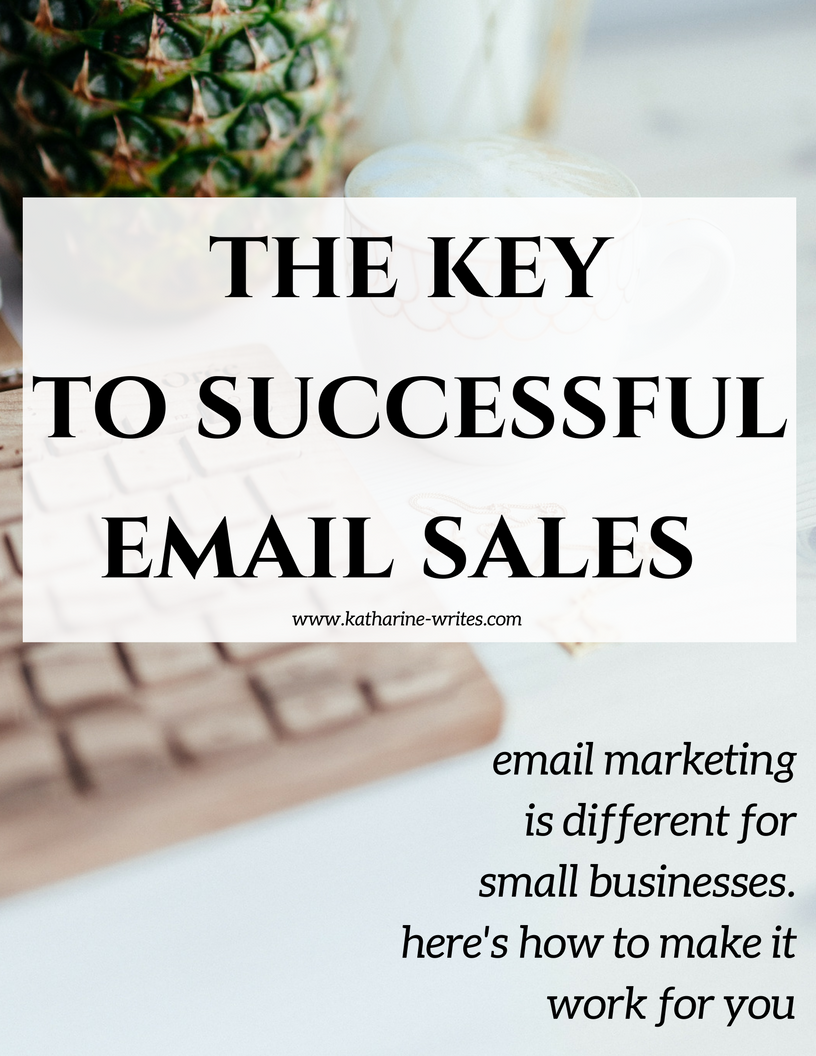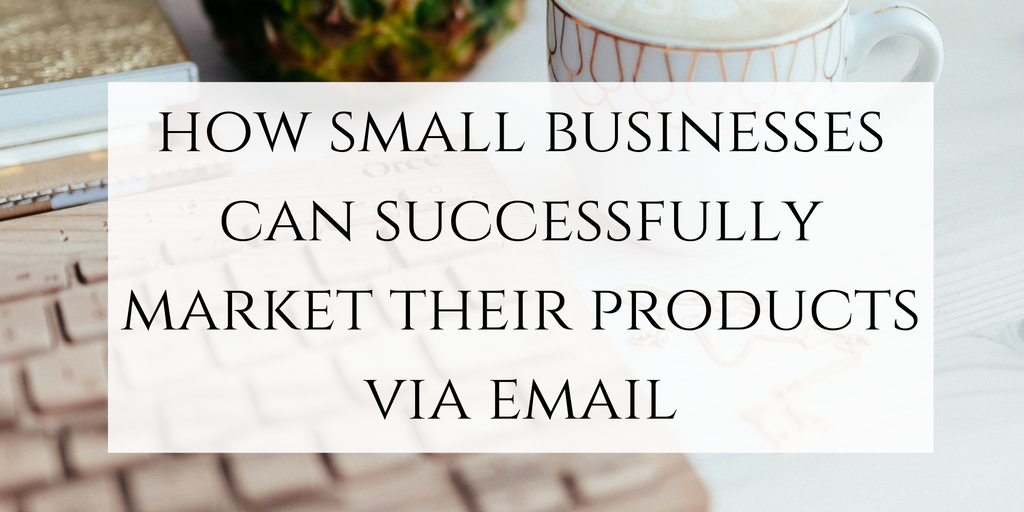
I love reading through other people’s marketing, so I subscribe to far too many mailing lists.
It’s a great way to look at patterns and strategies, to see what works and doesn’t work. And just the other day a particular email caught my eye.
The subject line was “New e-Book Now Available!” In the body of the email, a business owner was announcing the release of her new e-book, a “set up your business” guide for those who are starting out in her industry. She described the book by sharing that she had struggled when she first started out, and that even though running a business never really got easy, she had learned what mistakes not to make anymore.
In theory, this was a great way for an established businessperson to open another revenue stream and a topic that could speak to a lot of business owners.
But the email I read through didn’t make me want to buy her book. In fact, it had exactly the opposite effect: it made me unsubscribe from her list.
There is a right way and a wrong way to market your products through email, and approaching your customers the wrong way will be the difference between a successful campaign and one that flops.

Warning Signs in Your Email Campaign
When launching a new product or service through an email campaign, start by asking yourself two questions:
- When was the last time you emailed your customers?
- Are you writing about yourself or for your customer?
And be honest about answering them. Because if the last email you sent was months ago, and if the email you are about to send contains words like “I” and “my” more than “you” or “yours,” it’s not ready to be sent out into the world.
If your subscribers haven’t heard from you in months — or ever — and the first reminder of your existence they receive is a sales pitch, they’re not just unlikely to buy your product. They’ll probably do exactly what I did and unsubscribe.
That’s because a sales pitch is about you — your business, your product, your income. It isn’t for your customer.
Why? Because you haven’t taken the time to build a relationship.
Building a Relationship Via Email
When you run a small business, you have to think a little differently.
The email that made me click unsubscribe was the first I had received from this business owner since I signed up for her mailing list months before.
There was no follow up when I initially signed up. There were never any resources sent my way, or information about her brand, or anything that could help me connect with her business. The email for her e-book launch was the first time I had thought of her in months.
And all I got from her was “buy my book.”
Big brands — like Bed, Bath & Beyond or Barnes & Noble — can get away with only sending their subscribers emails about sales, because that’s why their subscribers signed up in the first place. They already know the brand, what it sells, what it stands for. They’re there for the promo codes and the new arrivals, and that’s about it.
Smaller brands thrive when they create a relationship with their customers that feels personal.
That could mean sending monthly emails with helpful tips for pet grooming. It could mean sharing cute outfits that can be made with your clothes. It could mean interviewing the people who use your products and sharing their stories.
The style of email marketing that you choose is going to depend on your business and your ideal customer. But the important thing is to build the relationship first.
Then, and only then, do you get to make the sale.
The Key to a Successful Email Sale
Okay, you may be saying, that’s all well and good. But how do I actually make that sale? How do I know the email I’m about to send won’t make all my potential customers click unsubscribe?
Whether you’re getting ready to launch your product via email, there is one thing you can never forget:
Selling a product doesn’t work – you have to sell a lifestyle.
Don’t just use your email to announce, “Here’s something you can buy!” We are inundated with things to buy every day.
Consumers don’t want to buy — they want to benefit.
They want their life to be improved by your product. To show them how that’s possible, your email needs to contain three things.
- Start with a subject line that feels personal. Make them take notice, as if you are speaking directly to them. Give them a reason to say, “Yes! That sounds like what I need. I must open this email and learn more.”
- In the body of the email, don’t just talk about yourself. Talk about your customers. Address their needs and pain points, their problems and struggles, the things you know they want.
- Share benefits rather than features. Don’t say that the new face powder you are selling is translucent and SPF50. Say that it will give them glowing, healthy skin while protecting them from premature ageing.
Customers don’t want you to offer them a product that is just there to make you money while nothing changes for them. They want to be told that your product can make their life better.
They want you to offer them a lifestyle that, with your help, they can achieve.
This doesn’t just apply to emails of course. It’s a strategy that you need to use in any kind of sale. A blog post that just talks about what you offer will never help your business. But a blog post that answers customers’ questions and poses a solution to their problems, that talks about the lifestyle they want to be living… that will get some results.
No matter what type of small business you have, it’s time to stop selling products.
If you want your sales to grow, offer the key to the lifestyle your customers are searching for.
P.S. – Low cost (and free!) marketing tools + turning your blog into a stellar marketing tool
Leave a Reply